Lunch & Learns
Filters: Showing 1 to 40.

Beyond the Surface: Design Innovation with UHPC and HPC Facades
Cost-effective, design-driven solutions
Sponsored By Wells
Credits: AIA/HSW
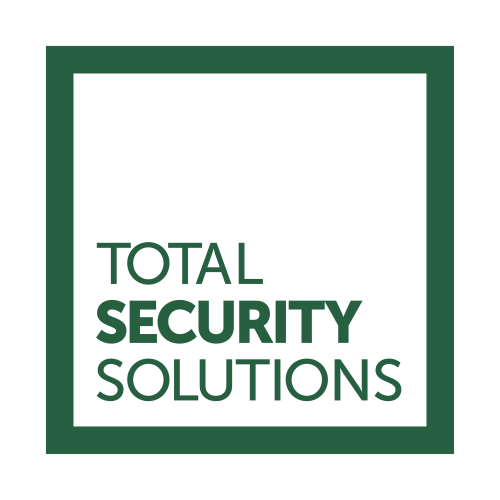
8 Levels of Bullet Resistant Materials Explained
Practical applications for UL Levels 1 through 8
Sponsored By Total Security Solutions
Credits: AIA/HSW

Harvesting Rain: System Design for Strategic Rainwater Capture
Conserving water through rainwater harvesting saves natural resources, providing water for use in buildings and for site irrigation
Sponsored By WATTS Water Technologies, Inc.
Credits: AIA/HSW

Modern Landscape Lighting Artistry
Enhancing your property's exterior aesthetics
Sponsored By WAC Lighting
Credits: AIA/HSW
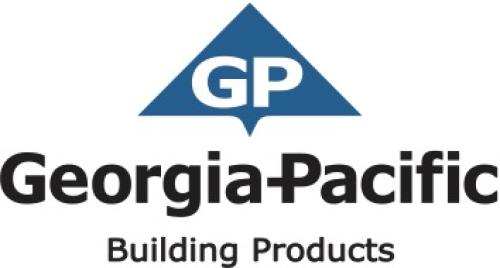
The Evolution of Water-Resistive and Air Barriers in Commercial Building Envelope Construction
All-in-one integrated gypsum sheathing system
Sponsored By Georgia-Pacific Building Products
Credits: AIA/HSW, IIBEC, PDH
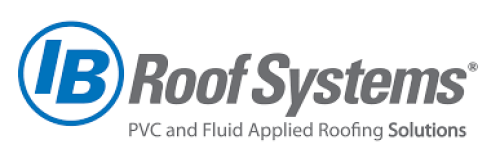
Roofing Jeopardy – Low Slope Commercial Roof Design Considerations
Cuccessful low slope commercial roofing
Sponsored By IB Roof Systems
Credits: AIA/HSW, IIBEC

Speed is the New Green - Advanced Fundamentals for High Performance Doors
Key features of both high performance door types
Sponsored By Hörmann High Performance Doors
Credits: AIA/HSW, GBCI
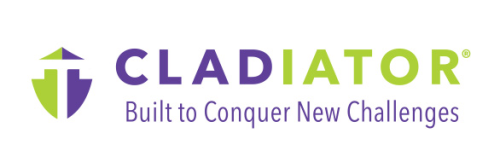
Unlocking Sustainable Design: Navigating Building Codes, Energy Efficiency, Thermal Resilience, and Rainscreen Assembly Strategies
Exploring sustainable cladding systems to enhance design, energy efficiency, and thermal resilience
Sponsored By CLADIATOR®
Credits: AIA/HSW, GBCI, IIBEC

Light for Better Results
Considerations and Customization for Peak Performance
Sponsored By Waldmann Lighting
Credits: AIA/HSW

High-Performance Flooring
Identifying the best performance flooring
Sponsored By Ecore USA
Credits: AIA/HSW, IDCEC/HSW
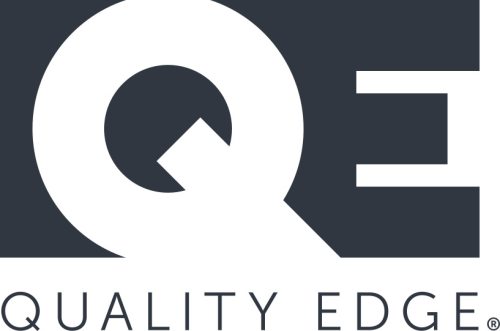
Breathe Easy at Home
How the evolution of homes have inadvertently impacted the quality of air occupants breathe
Sponsored By Quality Edge
Credits: AIA/HSW, GBCI, IDCEC/HSW

Designing with Architectural Decorative Glass
Fundamental knowledge of glass manufacturing and fabrication
Sponsored By Pulp Studio
Credits: AIA/HSW

Floodplain Design, Construction, & Impacts on Flood Insurance
The importance of proper foundation flood vents
Sponsored By Floodproofing.com
Credits: AIA/HSW
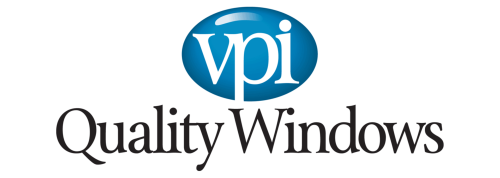
Designing Mid/High-Rise Structures with uPVC Windows & Doors
Part l - The fundamental aspects of uPVC window and door systems
Sponsored By VPI Quality Windows
Credits: AIA/HSW

Toward a More Durable and Versatile Envelope: Precast Concrete Insulated Panels
Exploring precast concrete insulated panels for sustainable, durable, and efficient building design
Sponsored By SlenderWall by Easi-Set Worldwide
Credits: AIA/HSW

Optimizing Snow Melting Systems
Specifying system types, components, and controls to meet project-specific performance
Sponsored By WATTS Water Technologies, Inc.
Credits: AIA/HSW

ADA-Accessibility in Toilet Room Design
Accessible elements of a multi-user toilet room
Sponsored By ASI Group
Credits: AIA/HSW, GBCI, IDCEC/HSW

Who’s the Culprit in WRB-AB Leakage?
Parameters and outcomes of water-penetration testing
Sponsored By Georgia-Pacific Building Products
Credits: AIA/HSW, IIBEC

Transaction Windows: How to Specify the Right Drive-Thru, Pass-Thru or Ticket Window for the Application
Variety of transaction/ticket/cashier windows applications
Sponsored By Ready Access
Credits: AIA/HSW, IDCEC/HSW

Fibre Cement Architectural Facade Materials
A transformative journey in architectural design
Sponsored By EQUITONE facades
Credits: AIA/HSW

Human-Centric Lighting Made Simple with Automation
Exploring under concrete slab vapor barriers and their importance in construction design
Sponsored By Lutron Electronics Co., Inc.
Credits: AIA/HSW

Expanding Design Opportunities and Functions with Adjustable Concealed Hinges
Exploring adjustable concealed hinges for modern design and enhanced door functionality
Sponsored By SIMONSWERK North America
Credits: AIA/HSW, IDCEC/HSW

Innovative Pavers for Projects of Distinction
Elevated pavers, pedestals, and wind design systems
Sponsored By Hanover Architectural Products
Credits: AIA/HSW
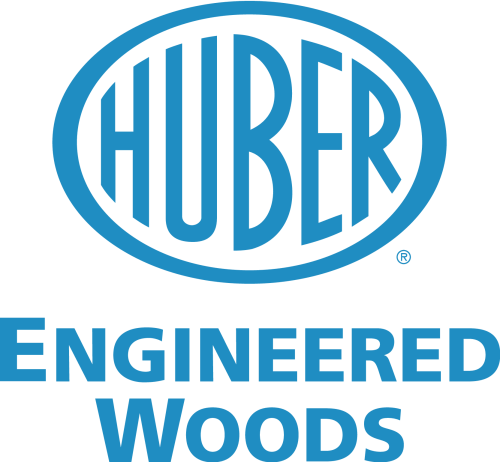
Magnesium Oxide (MgO) Floor Panels for Multifamily Buildings
Exploring magnesium oxide panels for fire resistance and acoustical performance in multifamily buildings
Sponsored By Huber Engineered Woods
Credits: AIA/HSW

Fully Integrated Healthcare Solutions: The Restroom and Beyond
Important tips and considerations for effective design
Sponsored By ASI Group
Credits: AIA/HSW, GBCI, IDCEC/HSW

Innovative Design Applications Using Advanced Fire-Rated Glazing Technology
How fire rated glazing has evolved
Sponsored By SAFTI FIRST Fire Rated Glazing Solutions
Credits: AIA/HSW
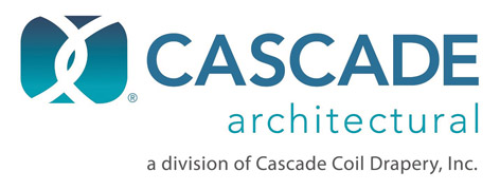
Lighting Effects with Coiled Wire Fabric
Enhancing architecture through the use of light
Sponsored By Cascade Architectural
Credits: AIA/HSW, IDCEC/HSW

Changing the Way We Think of Prefabrication: New Solutions for Your Building Envelope
The impact of integrated sheathing solutions
Sponsored By Georgia-Pacific Building Products
Credits: AIA/HSW, IIBEC

Better Washrooms for K-12
Washroom design shortcomings
Sponsored By ASI Group
Credits: AIA/HSW, GBCI, IDCEC/HSW

Specifying High Quality Steel Doors for Multi-Family Applications: Questions to Ask
Superior fire ratings for exterior doors
Sponsored By Taylor Entrance Systems
Credits: AIA/HSW

Expanded Mesh and Perforated Metal
Key design considerations to ensure a successful project
Sponsored By AMICO Architectural Metal Systems
Credits: AIA/HSW, IDCEC/HSW

Design Trends in Commercial Washrooms and Locker Facilities
The importance of well-designed, holistic and inclusive commercial washrooms
Sponsored By ASI Group
Credits: AIA/HSW, GBCI, IDCEC/HSW

Designing Smarter Restrooms for Education
Innovative and inclusive restroom design for educational spaces
Sponsored By ASI Group
Credits: AIA/HSW, GBCI, IDCEC/HSW

Water Safety and Backflow Prevention
Protecting drinking water, conserving water resources, and providing resilience to all buildings
Sponsored By WATTS Water Technologies, Inc.
Credits: AIA/HSW

PVC: The Industry’s Best Single Ply
Features and benefits of PVC membrane
Sponsored By IB Roof Systems
Credits: AIA/HSW, IIBEC

Advanced Design Against Adverse Conditions in a Commercial Roofing System
How to identify regional idiosyncrasies
Sponsored By Georgia-Pacific Building Products
Credits: AIA/HSW, IIBEC

Integral Sheathing Solutions for Multi-Family Projects
Achieving high building performance on a tight construction schedule
Sponsored By Georgia-Pacific Building Products
Credits: AIA/HSW, IIBEC

Benefits of a Rigid Cover Board in Commercial Roofing Systems
The evolution of roofing cover boards
Sponsored By Georgia-Pacific Building Products
Credits: AIA/HSW, IIBEC

Making Transitions: Keeping Air and Water Barriers Continuous
The latest advances in all-in-one, integrated gypsum sheathing
Sponsored By Georgia-Pacific Building Products
Credits: AIA/HSW, IIBEC

Why Use Cover Boards in North America?
Best practices for installing cover board in roof assemblies
Sponsored By Georgia-Pacific Building Products
Credits: AIA/HSW
Filters: Showing 1 to 40.






